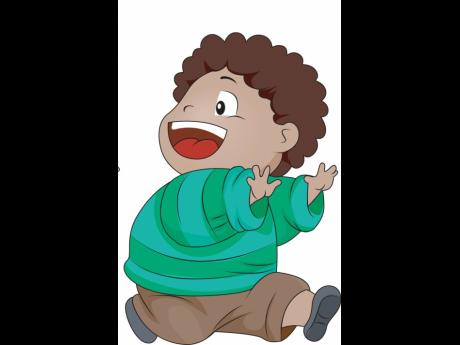Communicative functions of stimming, echolalia in ASD
April is celebrated as Autism Awareness Month, with the focus being on awareness and acceptance of autism. Much has been written about the ‘red flags’ for an autism diagnosis. My focus today is on stimming and echolalia, which can both serve communicative functions.
WHAT IS STIMMING?
Stimming refers to self-stimulatory behaviours that are repetitive. Many children on the autism spectrum do it to stimulate their senses, and by so doing self-regulate. Self-regulation is necessary for learning to take place. Children have different sensory preferences and their stims target these.
There are different types of stims. They may be:
1. TACTILE- Rubbing their hands or mouths on different textures or surfaces, licking, chewing things, grinding their teeth.
2. AUDITORY- Repeating preferred sounds, putting toys that make sounds close to their ears.
3. VISUAL- Looking out of the sides of their eyes or staring at lights, spinning fans, or even holding objects close to their eyes.
4. OLFACTORY- Preoccupation with smelling objects or people.
5. VESTIBULAR - Jumping, running back and forth, rocking, spinning, pacing, hand flapping, headbanging. These are perhaps the most easily recognised.
6. PROPRIOCEPTIVE – Seeking firm pressure (tight hugs), squeezing into small spaces.
Some children do a combination of these.
As mentioned previously, stimming is a form of self-regulation. Many neurotypical individuals (adults and children) also stim. Many people tap their feet, flick pens or pencils, twirl their hair, bite their nails or crack their knuckles. It is no different for autistic individuals. It helps them to calm down when fearful or excited, focus, de-stress, decreases anxiety, prevents meltdowns and, in a sense, communicates their feelings. Sometimes it is done because it just feels good. An overstimulating environment may trigger it, and for under-sensitive children it may stimulate their senses.
Traditionally, therapists worked on decreasing and extinguishing stimming. The contemporary thinking is that it should not be discouraged, as it helps to manage their emotions and situations that may be novel or overwhelming. If the child is self-harming, e.g., banging their head on a walk or floor or biting
themselves, the child should be redirected and other sensory activities encouraged. Sometimes the child needs a quiet environment. Sensory breaks can be given at school, where specific sensory toys are offered, or they be allowed to run outside.
WHAT IS ECHOLALIA?
Echolalia is the repeating of words, phrases or entire conversations that the child has previously heard.
These are repeated with the same intonation and pitch. There are two types of echolalia: immediate and delayed. Immediate echolalia is the repetition almost immediately after hearing the words, phrases or sentences. Many typically developing children also do it, particularly in the early stages of language acquisition. It is also heard in their play routines and seems to contribute to the development of narrative skills (Dore 1989). After the age of 2 1/2, it is considered abnormal language development.
Delayed echolalia is repetition that occurs hours, days, weeks or even months after the child first hears it. These are usually longer units and are more complex language than the child could generate independently. Blanc (2012) and Peters (1983) refer to this as a gestalt processing style. Gestalt language learners are trying to communicate, but they do not have the traditional forms. They do not appear to learn language analytically - words, then phrases, then sentences -- as most language learners do. It is important not to ignore or dismiss these utterances, as it will lead to frustration. It is important for a speech and language therapist to discern the underlying functions of echoed utterances. Prizant and
Rydell (1984) postulated that immediate echolalia may be used for rehearsal, learning and/or self- regulation. Delayed echolalia seems to be used for the completion of a verbal routine, labelling, providing information, calling, affirming, requesting, protesting and giving directives. It can also be used for turn taking. It is often triggered by a particular environmental element or personal memory.
It is important to teach a child to gradually dissect these gestalts into smaller units. The goal is for
them to take these smaller units and combine them into novel sentences.
So what can parents do? Blanc (2012) recommends:
1. Facilitate verbal initiations.
2. Guard against too many questions and commands.
3. Engage your child in age-appropriate, joint-action routines. Then add language to these
routines.
4. Model shorter, high-frequency age appropriate gestalts.
5. Provide lots of opportunities to practise, especially with peers.
Echolalia, which was traditionally viewed as non- meaningful, inappropriate and non-communicative, can actually lead to more effective communication and can, in fact, be communicative.
Tracey Rattray-Neil is a speech and language therapist. Send feedback to yourhelath@gleanerjm.com; traceyratneil@gmail.com.


